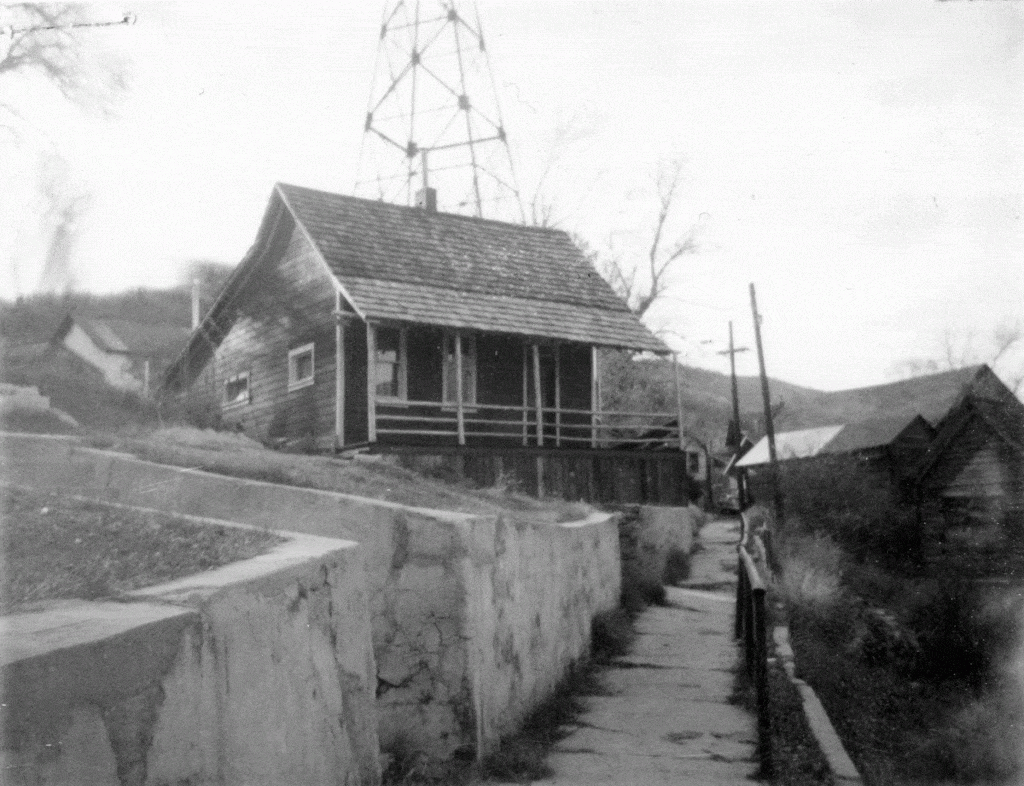When the Silver King Aerial Tramway opened on June 6, 1901, engineers deemed it a world class, state-of-the-art facility. Although built to exacting standards, it was not without its problems. From his home beneath the tramway, the late Park City historian Gary Kimball recalled for a group of Park City Museum hikers this story in June 2016:
In the words of the Park Record, “With a rumble and roar like that of a runaway freight train on a steep mountain grade, the buckets and cable of the Silver King aerial tramway came crashing down,” on the evening of September 23, 1907 leaving a trail of destruction in their path.
Miraculously, no one was injured though several narrow escapes were reported. Many of the buckets strung on the south side of the steel towers were damaged beyond repair as they violently struck the towers and fell to the ground. They were all loaded with 800 pounds of concentrated first-class ore on its way to the depot terminal. There were a number of close calls as the buckets dropped off the line in the residential portion of town. The coal shed of what would later become the Kimball family home was destroyed by a falling bucket and another narrowly missed the roof of a nearby home on Woodside Avenue.
Besides damaging the buckets and cable, one of the smaller towers at the upper end of the line was torn down and considerable injury was done to the tramway machinery at the mine. The distorted leg of the 4” x 4” angle iron tower next to the Kimball home serves as a stunning reminder of the extreme force generated by the accident.
Silver King mine employees investigating the cataclysm told the Park Record that the lower traveling traction cable had frayed and snapped near tower number six at the mine end of the tram causing the catastrophe. The 7/8 inch diameter Roebling strong cast steel wire rope had a breaking strength of 64,400 pounds and weighed 1.29 pounds per foot.
Early tramway operators throughout the mountain west discovered that cable could wear out in as little as three months. If the wear was not detected, a cable might snap, dumping bucket loads of valuable ore to the ground. With proper turning and regular oiling, track cables were known to last up to seven years. Traction cables possessed a shorter life.
A large force of men was put to work repairing the damaged buckets and towers. Every effort was made to get the tramway in running order again. The mangled buckets were being repaired at the mine and downtown blacksmith shops. Stringing of 11,600 feet of new cable commenced on September 25, 1907. Company officials thought it would take at least ten days to repair the line, but by Saturday, September 28 all was running smoothly again. The cost of repairs amounted to $7,000 (one-quarter of the original amount needed to build the tramway).

Credit: Park City Historical Society and Museum, PCHS Tax Photo Collection